Description
Only 5 pounds left!
Panama’s gesha/geisha cultivar, originally descended from a landrace collected in the district of Gesha, near Ethiopia’s Keffa Forest, has had a niche marketplace all to itself for over 15 years. Of all the many attempts to cultivate the original gesha’s genetics across the Americas, many coffee tasters still believe nowhere is it better expressed than where it was first debuted: the Boquete valley in western Panama, under the command of the Baru volcano’s very specific soil and climate.
Almost entirely as a result of gesha’s success, Panama is now an origin that constantly makes headlines in the specialty coffee world, mostly for the astounding auction prices in each year’s Best of Panama cupping competition, which now features dozens of gesha microlots processed a kaleidoscopic number of ways. Finca Lerida, a 900-acre estate in the famed Boquete growing region nestled under the ecological wonderland of Volcan Buru where over 550 species of birds make their home. Baru itself is an active stratovolcano that is Panama’s highest peak and the centerpiece of a 35,000 acre national park. In this area, tucked into the Continental Divide, Pacific and Caribbean winds alternate at different times of the year creating cooler temperatures, overlapping rainy periods, and limited dry months. The result is an extremely lush and microclimate where coffee—along with a number of tropical fruits—tends to thrive. Finca Lerida is currently owned and managed by Sonia Amoruso and her extended family, who purchased the property in 2009.
As a farm however, the estate dates back over 100 years. The property includes a vintage hotel with amenities that equal the valley’s natural beauty, and which serves as a landmark to local history and has been a source of income for the estate for generations. The hotel was the primary focus when Sonia’s family first purchased the estate. However Sonia, originally planning to manage hospitality, was quickly captured by the estate’s coffee production and has managed the coffee operations ever since. Sonia works with 30 year-round employees and another 60 people who meticulously pick ripe cherry during the harvest. Lerida’s central wet mill is as old as the farm itself, and fresh-picked cherry is still sorted for under-ripes and damages using the siphon invented by the original owner in the 1920s. Then the coffee is depulped, fermented, washed, and carefully dried on covered patios and raised bed. Finca Lerida also has housing and a school for employees and their families.
Elevation: 1600 – 2000 masl
Variety: Gesha
Tasting Notes: What a beautiful screen of coffee! Luckily the taste is right up there with the appearance. Best on the lighter side of a medium roast. Too light or too dark and those wonderful Gesha attributes can be quite muted. The first test of a nice Gesha, the aromatics. One sniff is usually all it takes to identify this as a Gesha coffee. It picks up those lovely jasmine tea like aromatics, a sweet unique floral aroma only in Gesha offerings, or top notch Ethiopians (where Gesha comes from). A bit higher acidity, medium to full bodied and decently strong on the floral notes. Light roasts themselves do risk a little herbal tone to go along with the sweet lemony floral notes, some will like the contrast but we thought it best to get a little more development and catch it on the verge of a medium roast. Builds a nice malty balance to the sweet floral with hints of a black tea like spice in the finish. Dark roasts are not recommended, burns out the cool aromatics and leaves one with a rich and spicey malty tone, but very little of those sweet jasmine like floral tones.
Roasting Notes: Bring this one up to temp a little slower and shoot in the light/medium ballpark. Darkens up quickly, watch for the expansion in size to mark first crack, keep it rolling until it darkens just a little more before cooling it out. Each bean will still have a slight splotchyness to it, this is a good thing for this bean, if you are not seeing the more splotchy appearance, chances are your pushing a strong medium to borderline dark roast, which will be tasty, but a bit dull comparatively. Setup help a lot at the light roast points, 2-3 days cleans it up nicely. If you nail the roast, lovely 12-24 hours later. So might be worth a brew the next day, but if you notice a hint of herbal, set the rest aside for 2-3 days before drinking.
Panamanian coffee has gone through some wild changes in the last 5-10 years. Bulk competitively priced lots of Panama coffee have dried up. Panama coffees have been demanding a huge premium, due to better paid pickers and cutting edge growing techniques and strains. Very cool stuff but the larger operations that were competing on the commodity end of the market were no longer able to compete, with higher paid workers and more costly production, the large worldly coffee buyers would go buy a similar scoring Honduran or such versus a Panama, which would run almost twice the cost of some of the neighboring countries production. A slow transition where only the farms producing high end premium coffee can thrive. The rest have switched to other crops. The market in Panama for coffee has basically just turned into boutique high end operations.
Panama is an origin that constantly makes headlines in the specialty coffee world mostly for the astounding auction prices in each year’s Best of Panama cupping competition. Finca Lerida is a 900-acre estate in the famed Boquete growing region nestled under the ecological wonderland of Volcan Buru National Park where over 550 species of birds make their home. A vintage hotel with amenities that equal the natural beauty, serves as a landmark to more than 100 years of coffee history and a source of tourism income, which was the primary focus when Sonia Amoruso’s family purchased the estate in 2009. Sonia was quickly captured by the estate’s coffee production and has managed the coffee operations ever since. Sonia works with 30 year-round employees and another 60 people who meticulously pick ripe cherry during the harvest. The estate has a mill with more than 100 years of history where cherries are still sorted to remove under ripe and damaged beans using the siphon invented by the original owner in the 1920s. Then the coffee is depulped, fermented, washed, and carefully dried on covered patios and raised bed. Finca Lerida also has housing and a school for employees and their families.
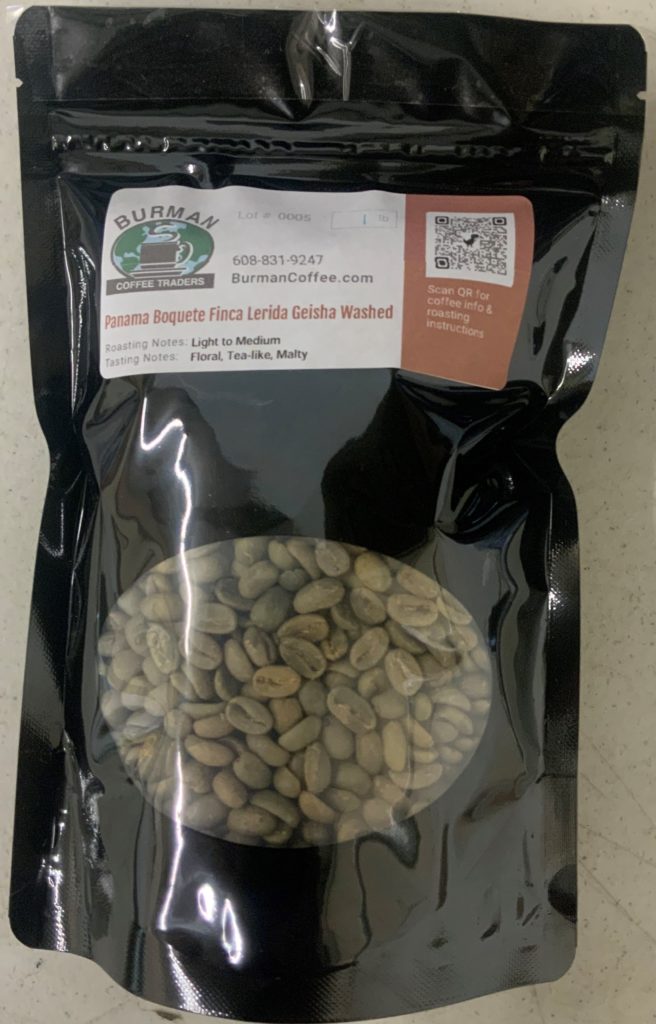
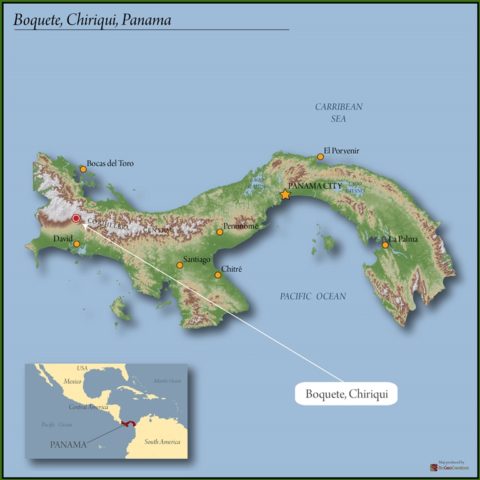
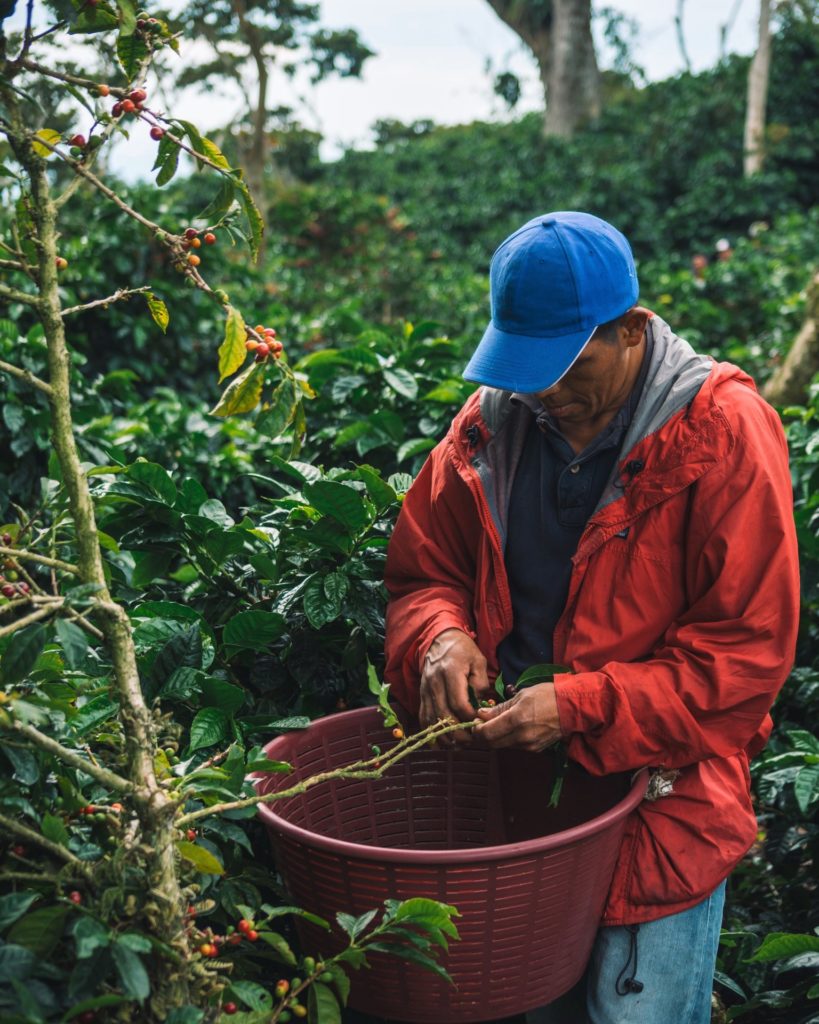
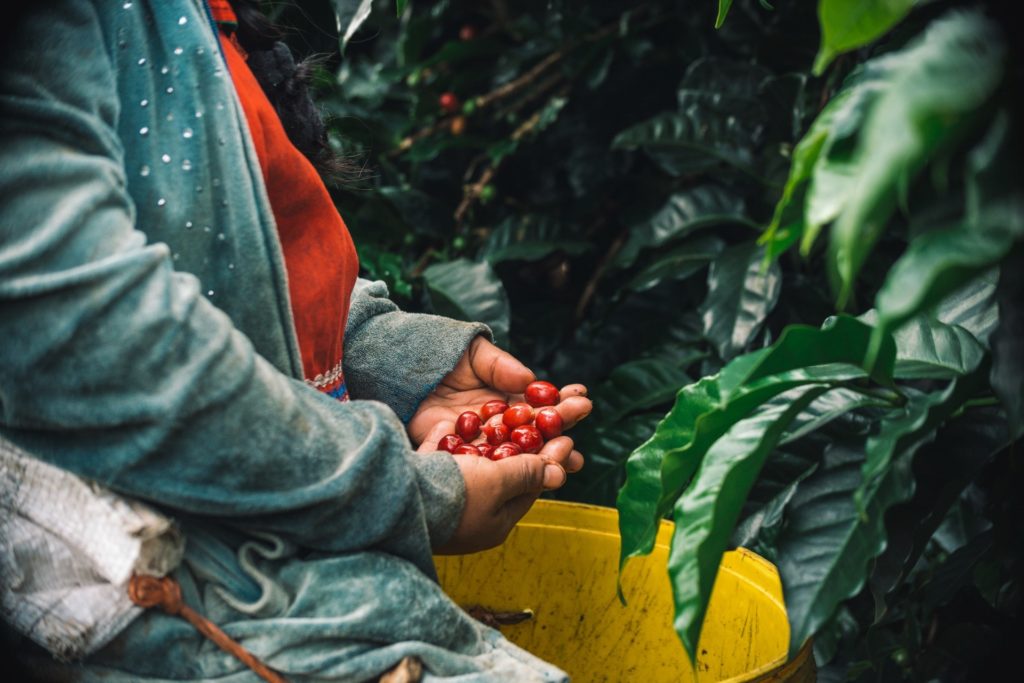
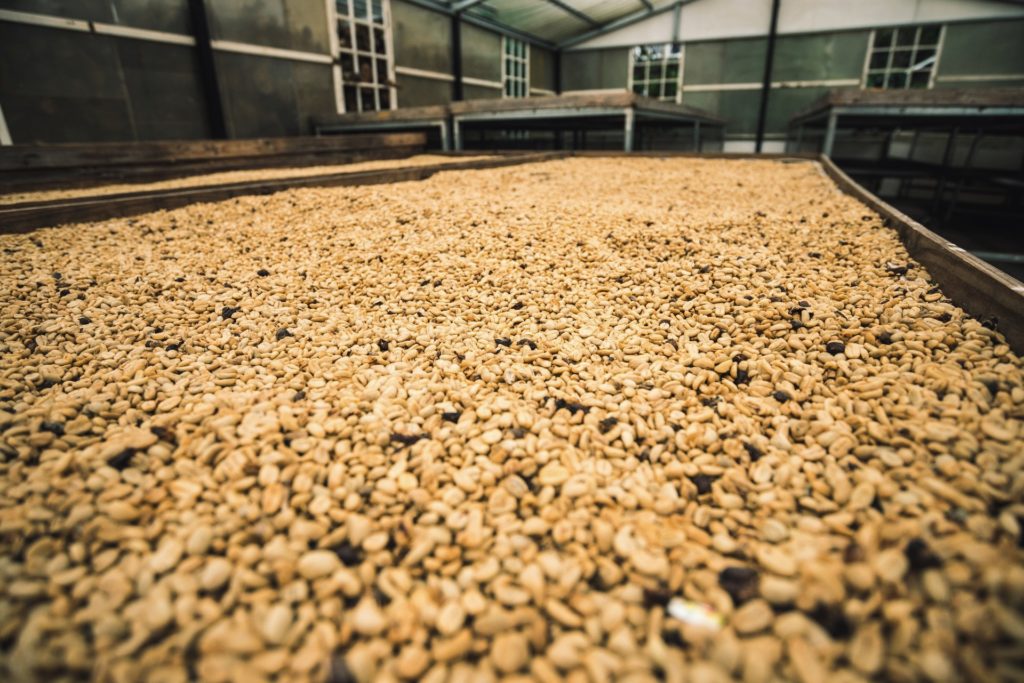
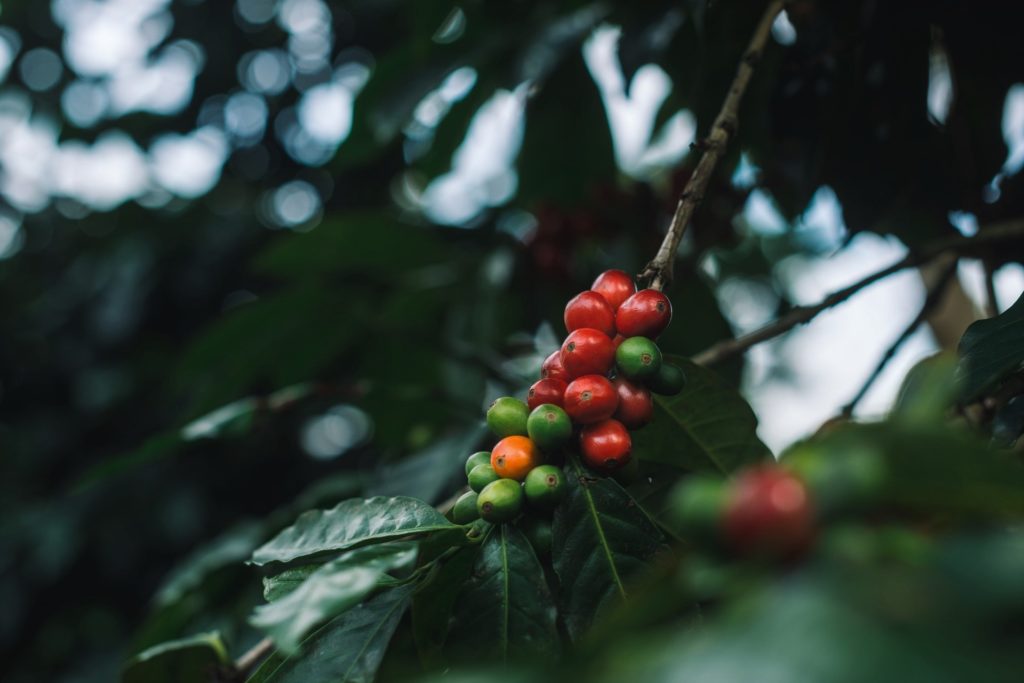
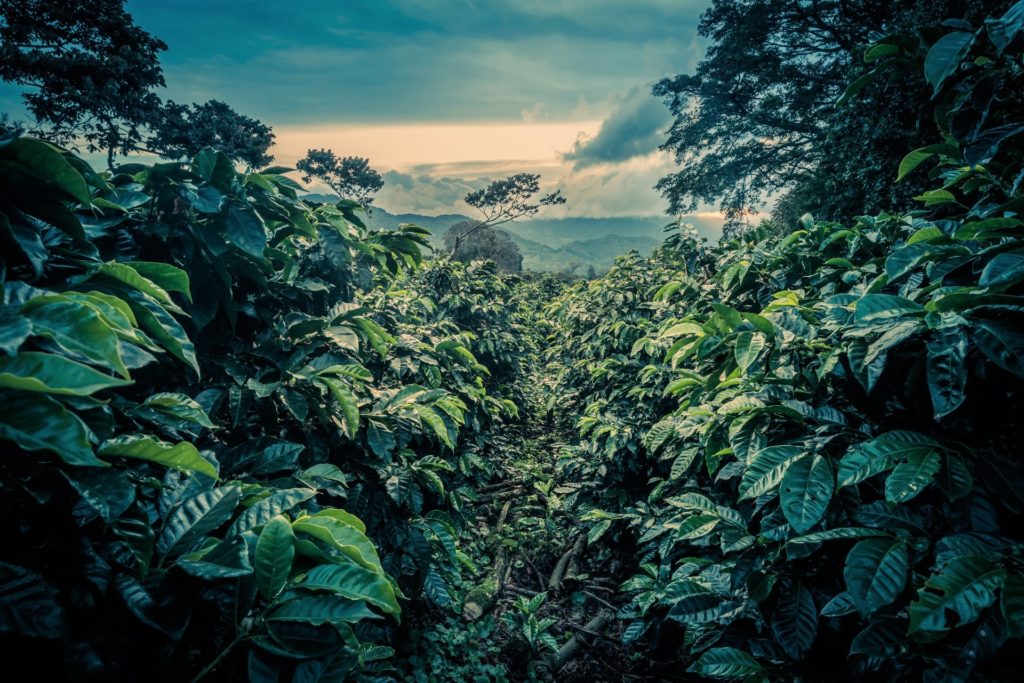
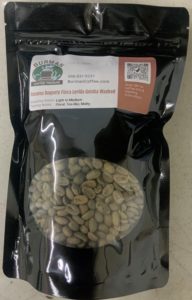
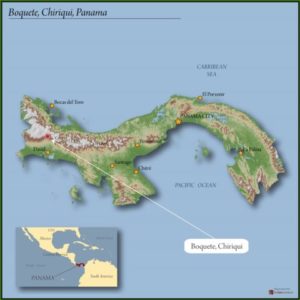
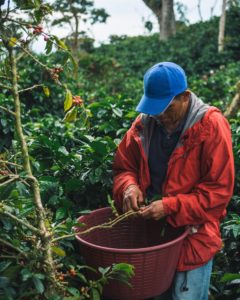
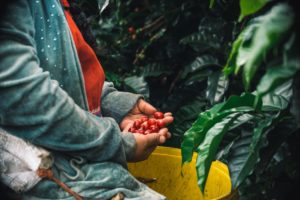
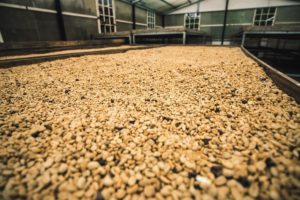
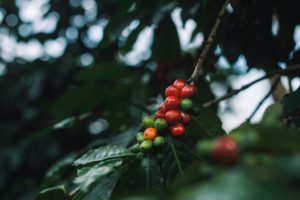
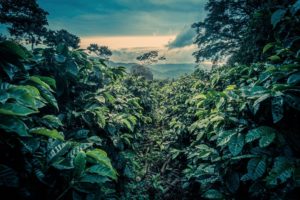
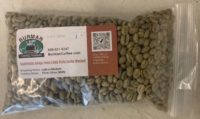
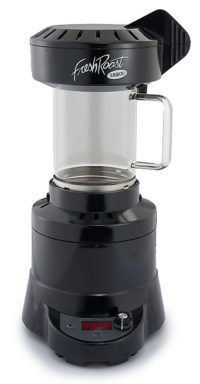
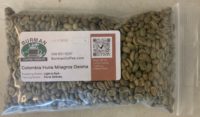
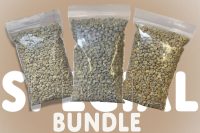

Reviews
There are no reviews yet.